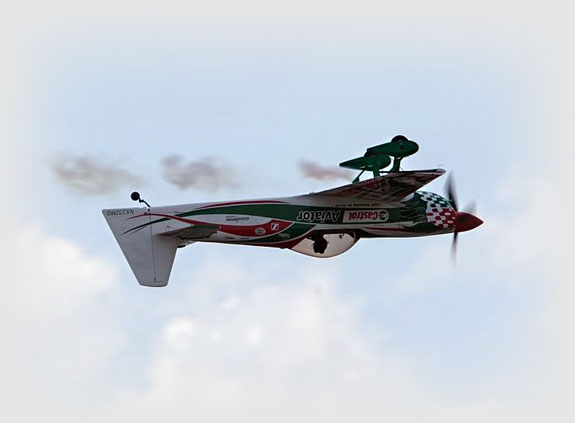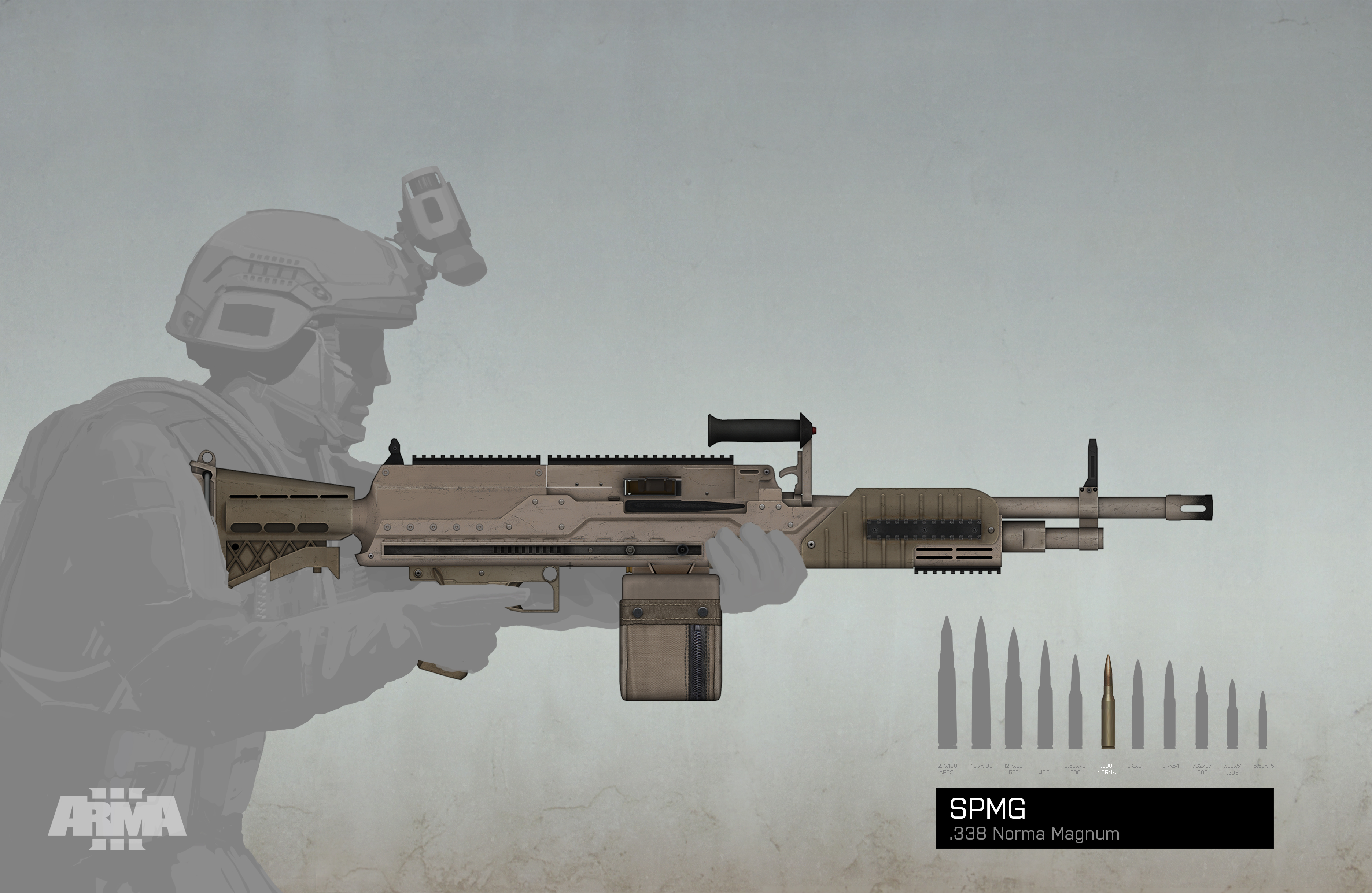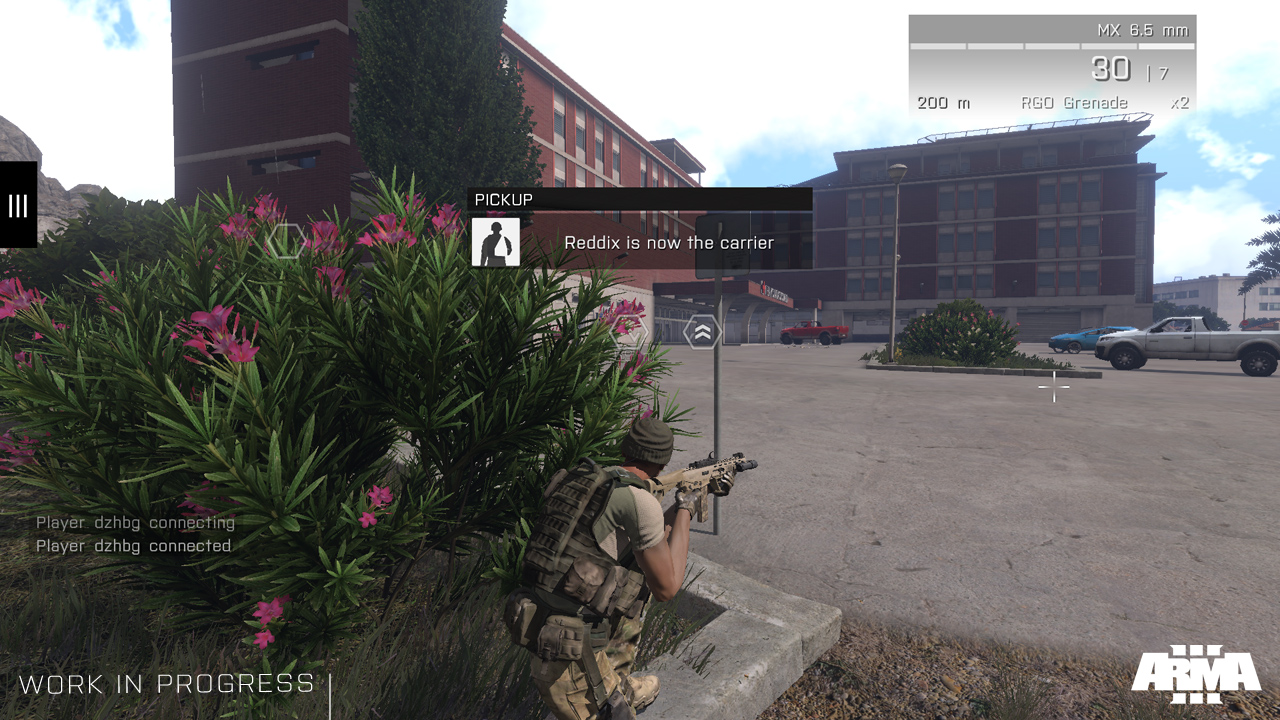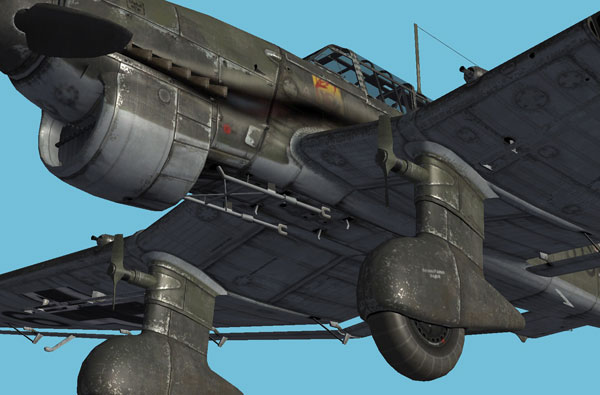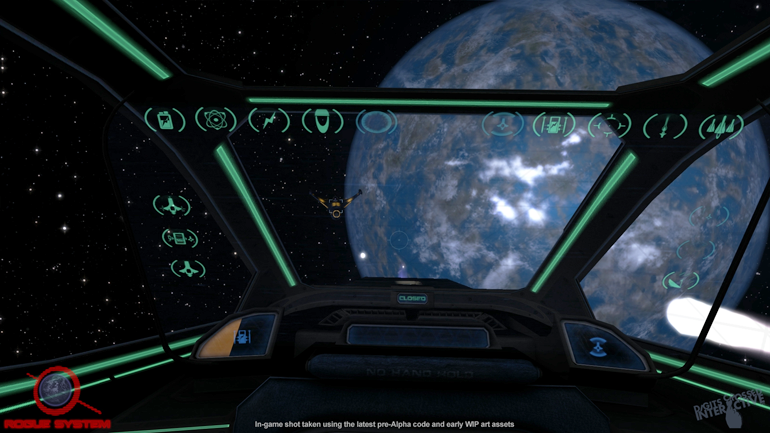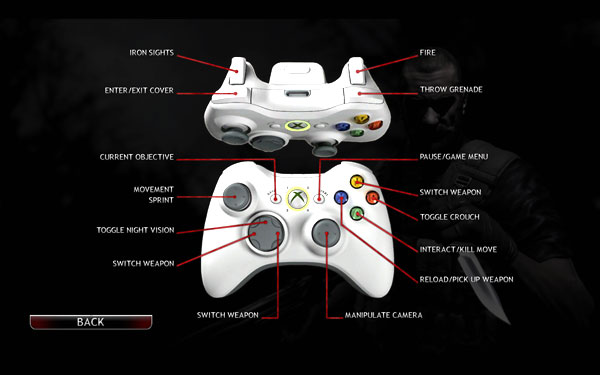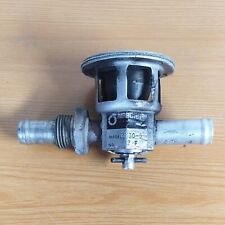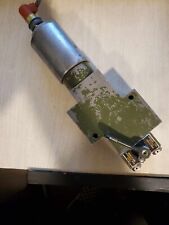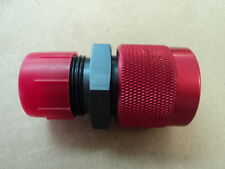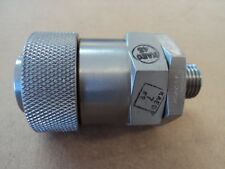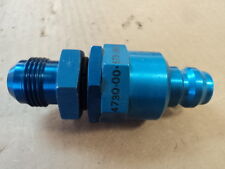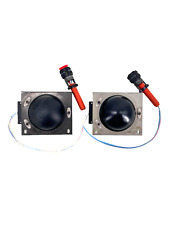Doug: How is the galaxy generated?
Scott: When you begin a new character we run through a galaxy generation routine. This was one of the first things I coded. Working in my spare time it took almost a year with all the research I did. The player can determine the size of the galactic arm they wish to live in, and we do the rest. We can generate various classes of stars from dwarf to super-nova.
There are anomalies for things such as nebulas and black holes. After all the stars are created we then determine if and where they have an asteroid belt as well as a “Kuiper Belt”. From there we place planets and populate them with moons.
Depending on a planet’s type, the distance from the sun, and the sun type, a planet may fall within the “Life Zone”, in which case it may have an intelligent indigent species (which will be important later). Or, it may be a gas giant or frozen ball of rock. Planets can have ring systems and other anomalies. There are other special things that are placed throughout the galaxy, too, that need to be discovered.
At runtime we will then procedurally fill in areas such as rings and belts with asteroids and such. Likewise, we can introduce events at any time to keep things interesting for the player, and I don’t mean simply dumping a couple enemy ships in the area to give the player something to shoot at. We have a long list of gameplay events that we can spawn, and we can expand this list with new things long after release.
We can also build “special” star systems manually in order to support campaign elements or other special events.
Now, I will admit that while I have the code to support all of this we still need to create much of the art assets for many of these things. Again, this is why we choose to start “simply” with the military campaign. It will make use of these elements, but on a much smaller scale – something achievable if the team size has to remain small.

A look out at another craft
Doug: What about ship-to-ship communications and wingman commands?
Scott: The player will be able to send various messages and requests to other pilots as well as their wingmen. Likewise, they’ll have to communicate with their station’s Space Traffic Control (STC) or that of whatever ship they’re trying to dock with. I’ve already demonstrated the basics of taking off in one of the early work-in-progress videos in which I had to get various clearances from STC, such as running up the engines and actually lifting off.
As with everything else, the condition of your ship and its components dictate how well and how far you can send and receive.
Later, you’ll be able to use the comm system to send messages to another human just as you would an AI. Remember, inside Rogue System there is no distinction between human and AI – they are all “characters” within the simulation.
Doug: Every space title has zooming jet engines, armament and explosion sounds. But there is not any sound in space. So how is external sound handled in Rogue System?
Scott: I know lots of people would love to “see” a realistic simulation of this, and for once someone is going to give it to them. In Rogue System, sounds are either internal or external. External sound volume is controlled by two things: a “vacuum level” and a player-defined “range level”. Setting a range of 0, and when in a full vacuum (space) you’d hear nothing external of your ship. Increasing the range would slowly allow more and more external sounds to reach the pilot’s “ears”. So the pilot gets to decide if they want a realistic or a movie-like experience.
Doug: Could you talk a bit about the modding aspect of Rogue System?
Scott: I’ll start by saying that there is very little that is hard-coded in Rogue System. Ships, ship components, trade goods, campaigns, missions, sounds, shaders, visual and audio FX, and even UI are externalized. You can alter, add to, and replace the core elements completely. In fact, the directory structure is such that you could drop in all new elements in a separate mod directory, select that in the UI, and switch from one mod to the other. The core mod will be encrypted so that there is always a constant base for players to fall back on, but we’ll have a mod-able version as well so folks can get started tweaking right away. Really, what we’re creating with Rogue System is a space sim engine, and the player is free to do what they want with this (we’ve even thought about licensing the engine out if there was a developer inclined to want to use it commercially).
Doug: How do you plan on releasing Rogue System, and when? There is always the concern that a small development team that is long on ideas but short on time can get swallowed-up by the technology and production schedule. Indeed, some titles have conked-out simple because they could not produce their title before technology passed-it-by.
Scott: As for a timeframe, my plan is to release the very core of Rogue System in the first half of 2015. It will take two years to accomplish the minimum design at the smallest team size. But what I’ve planned out for this lowest denominator is very achievable. I plan on entering Alpha in 4th quarter 2013, and Beta in 3rd quarter of 2014.
I’m undecided about the best mode of distribution and I’m open to suggestions. There is time to make a decision and I certainly want to include the community’s opinions in that decision.
Doug: Thanks Scott for showing us Rogue System.
Scott: You’re welcome! I’d like to thank SimHQ and the community members who have shown so much interest and have been so encouraging over the past year since I first introduced Rogue System. I’m halfway there. With support, I can give the player what I feel is a truly unique take on the space simulation genre. I’ve come too far to quit now.
We want your Feedback. Please let us know what you thought of this article here.


